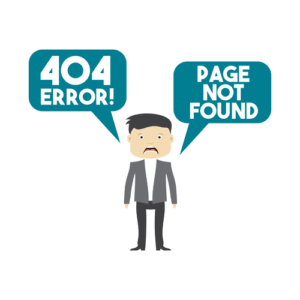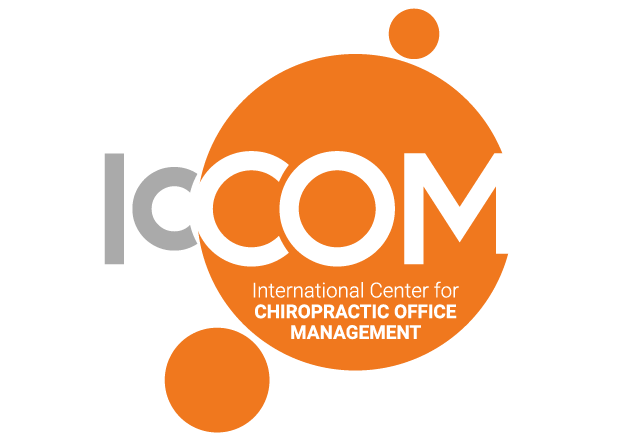
Second, it ensures compliance with tax laws and regulations, which can help you avoid costly penalties and fines. Finally, it provides you with the information you need to make informed decisions about your business. Managing commercial properties requires juggling multiple tasks, from lease administration and rent collection to maintenance and tenant communications. As the number of properties grows, these tasks become more time-consuming and prone to human error.
Looking for software system to improve your business efficiency?
These deductions include maintenance and repair costs, property insurance, mortgage interest, property management fees, and advertising costs. Properly identifying and documenting deductible expenses can significantly reduce taxable income, resulting in substantial savings. Maintaining organized records of receipts and invoices is essential for substantiating these claims during tax audits. Opening distinct bank accounts for security deposits and operational funds is essential for asset protection and simplifying accounting. This separation helps ensure that funds are used appropriately and provides clarity when managing financial records. Regular financial reporting Bookkeeping for Chiropractors is instrumental for effective performance monitoring and strategic decision-making.
Regularly Review and Analyze Financials

The first step in creating a property management budget is to determine your income sources. An accounting period refers to a specific timeframe within a financial statement, typically ranging from a day to a year. You wouldn’t want to improve your accounting processes and risk settling into success.
Standardize Accounting Processes
Then, evaluate your software options, choose the best software for your needs, and set it up for optimal performance. By following the steps we outlined in this section, you can ensure that your business’s finances are in good hands. The first step in understanding your financial property management accounting best practices needs is to assess your current financial system. But what is the difference between an invoice and a receipt in accounting terms?
- Categorizing your expenses by type can help you identify areas where you are spending too much money.
- Hemlane, Inc. is a technology company that helps you manage your long-term rental properties.
- It involves keeping track of income, expenses, and other financial transactions related to your rental properties.
- The property management software market is at $2.9 billion and growing, the more complex financial management tools are needed.
- Industry data shows that 80% of property managers collect rent directly, so understanding common challenges and solutions is key to running efficiently.
Accounting Terms and Best Practices for Effective Bookkeeping in Property Management
- One of the most crucial advantages for property managers is the ability to deduct various operational expenses.
- Categorize expenses between routine maintenance, emergency repairs and capital improvements.
- Security deposits, while vital for property protection, come with their unique accounting challenges.
- Accrual accounting is a method where revenues and expenses are recorded when they are earned or incurred, regardless of when the cash is actually received or paid.
- By adopting these best practices, property managers can secure operational funds more efficiently and safeguard against disruptions caused by inconsistent income streams.
- However, calculating depreciation accurately requires a deep understanding of tax laws and property classifications.
- This not only invites financial penalties but also damages the reputation of the property management firm.
Property management accounting software often includes payroll modules, streamlining calculations and tax deductions. Regular audits of payroll and commission disbursements ensure accuracy and compliance with labor laws. Efficient payroll management not only keeps employees satisfied but ensures fiscal responsibility. General ledgers consolidate all transaction data, aiding in the preparation of the financial statement. Best practices like regular reconciliations, using dedicated accounting property management accounting software, and meticulous record-keeping ensure the integrity of financial data. Proper bookkeeping not only ensures compliance but offers insights into the property’s financial health.

47% of property managers list inflation as their top concern, 22% have faced fraud or security issues in the last 12 months. The answer lies in building an accounting system that protects and grows your business. A blend of digital marketing, social media, and direct mail, tailored to your property and prospective tenants, can significantly increase your property’s visibility and occupancy rates. Listing your commercial properties on popular online platforms is not just about making them visible; it’s about optimizing these listings to draw in potential tenants. High-quality images, detailed descriptions, and virtual tours can turn a casual browser into a serious inquiry.

Properly distinguishing these expenses is essential for accurate financial reporting and tax purposes. According to Buildium, maintaining an accurate chart of accounts is crucial for this differentiation. Most accounting software will allow you to track income and expenses, generate financial reports, and reconcile bank accounts. Reconciling your bank accounts regularly will help you catch any errors or discrepancies in your accounting records, which is crucial for maintaining accurate financial statements. Financial mismanagement leads to issues like delayed repairs, billing errors, or disputes over security deposits, negatively affecting tenant relationships.
Tenant Management
Harnessing the power of financial analysis and reporting is a pivotal aspect of commercial property management. By delving into key financial ratios, property managers can unlock insights into profitability and liquidity, which are vital indicators of a property’s financial health. Such financial scrutiny allows for a nuanced understanding that goes beyond top-line figures, delving into the bottom line for actionable insights.
